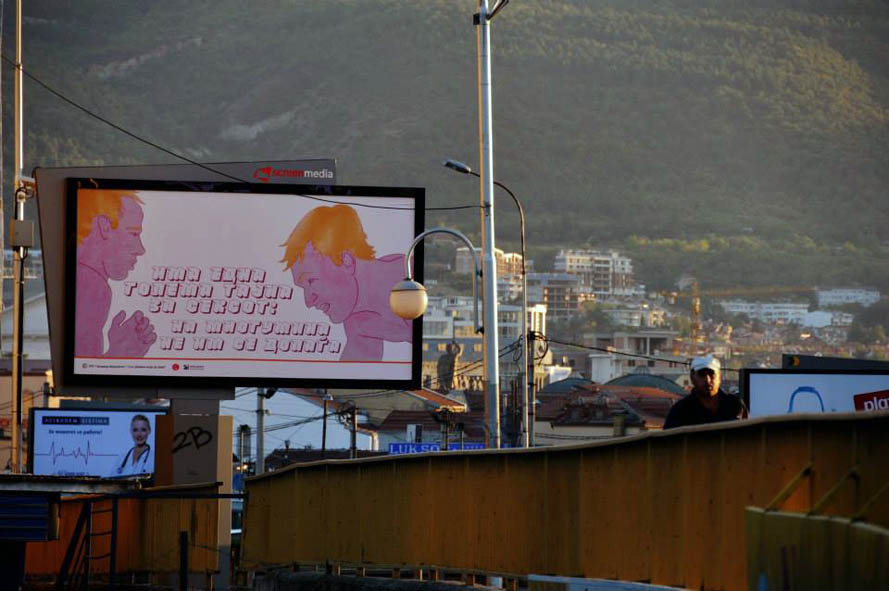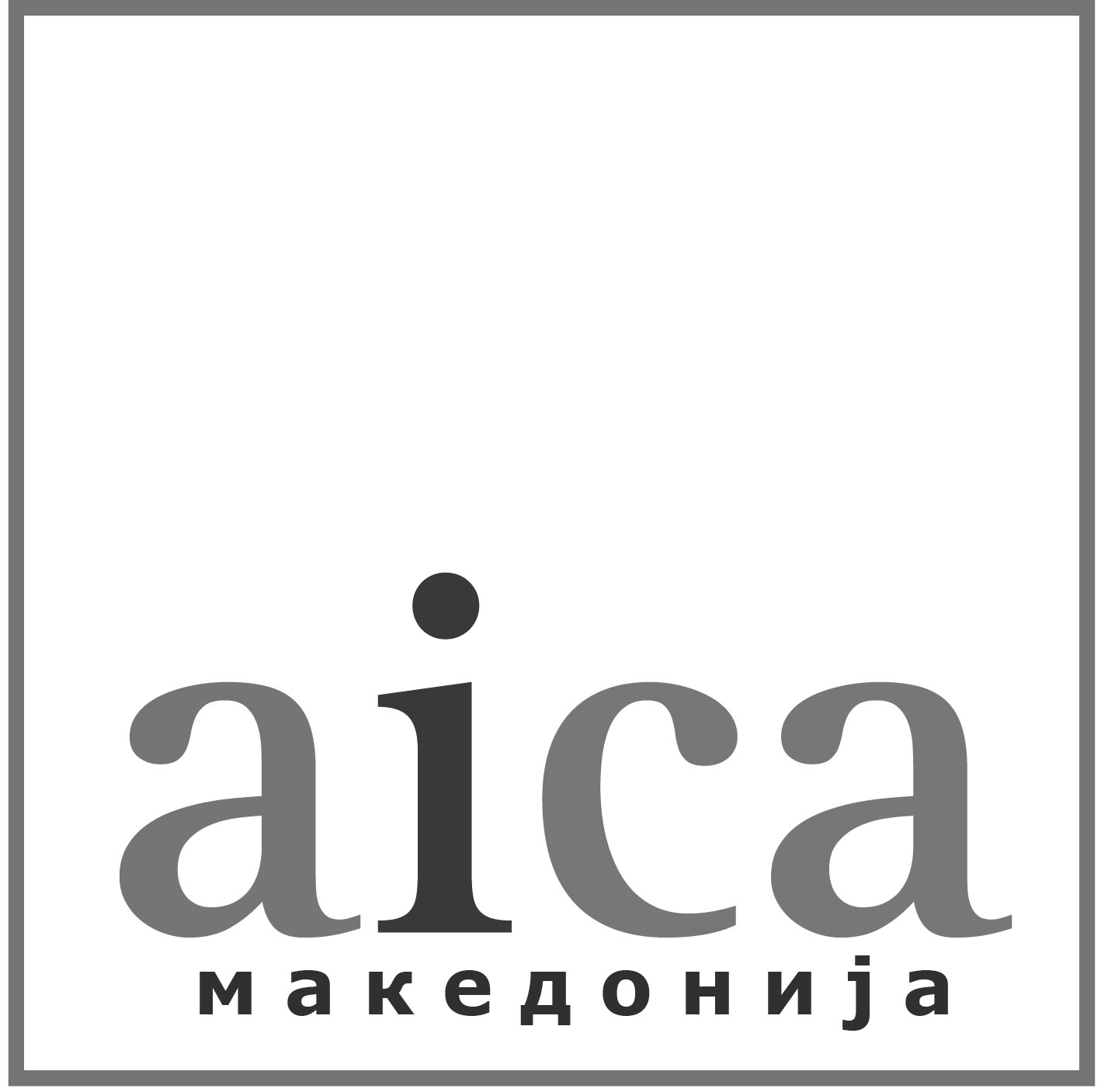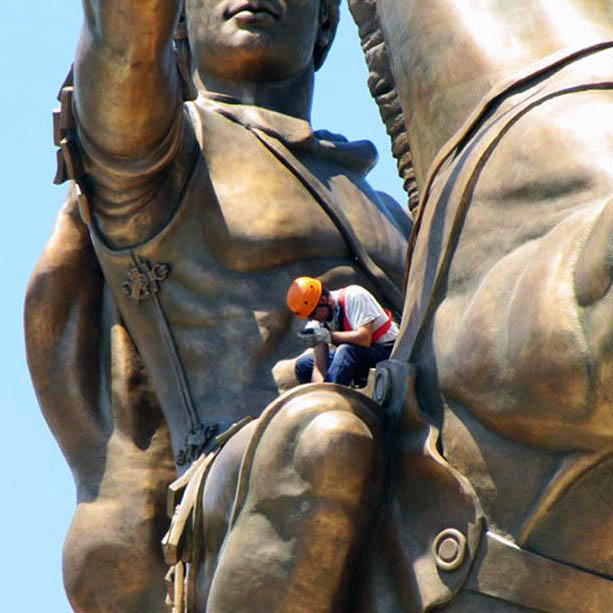Velimir Zernovski interviews Mira Gakina
Разговорот е објавен во списанието The Brooklyn Rail, Critical Perspectives on Arts, Politics and Culture / Special Edition: Art Critic Europe, New York, May 16th, 2014
Velimir Zernovski: When do you think we slipped through the rabbit hole?
Mira Gakina: We are in a hole for survival, we hide from a “great danger.” You are solely interested in this moment. Transition is here, commenced a long time ago in the very complex conditions of a protracted and painful dissolution of the Yugoslav system. But all these years since, we keep going ever deeper into what you called the rabbit hole, and it is as if we have even adjusted to living in it. Such an escape from reality is possible only when the isolation is so big, and the internal resources so limited. Many wonder why we let this happen to us. We let it happen because we believe in myths. Here the Queen of Hearts continues to be the authority on all questions, including aesthetics.

Kooperacija Initiative, Exhibition view, 2013
Zernovski: Will love tear us apart
Mira: Why is the bedroom so cold?
Zernovski: All beauty must die?
Mira: You are referencing to your billboard project “All Beauty Must Die!” and the government project “Skopje 2014”. Your billboards have made a city wall around the “Skopje 2014”. Joseph Beuys believed that we were enslaved by a materialistic aesthetic concept and that the time had come to dislocate that line in order to start anew, a project of our times, to start building our synthesis, our cathedral.
Zernovski: Today we are or are not ourselves?
Mira: Our artistic scene addressed this puzzling issue a number of times over the past few years. “Who am I?” is difficult to answer, it is easier to respond to the question “Where am I?” We know what we looked like this morning when we woke up, but we have changed so many times since that we cannot comprehend ourselves.
Zernovski: Who has the right to be world famous for 15 minutes?
Mira: Semi-closed societies like ours develop their own autonomous, hierarchical systems of fame. Technology has facilitated the development of the phenomenon of mass media to such a degree that everyone has 15 minutes of fame; this is far from allowing uncontrolled, accidental success. The development of culture is, however, controlled. Boris Groys concludes that the machinery of media coverage does not necessitate individual artistic interventions. Artists instead forced themselves to function as athletes, terrorists, movie stars, and politicians. This inevitably led to a populist culture winning 15 minutes of shame.
Zernovski: Should we keep our eyes wide shut?
Mira: As long as we have our sunglasses on, it doesn’t matter.
Zernovski: We are not mad, only our reality is different.
Mira: To say that we are not mad but that our reality is different means to accept that we do not take part in the creation of such a reality. We prefer to retain the right to be insane, different. Faced with the Inquisition, in order to defend his painting “The Feast in House of Levi,” Veronese spoke to the thin line between the madman and the artist, and the right to a twisted view. The dilemma of whether to follow a wise person or a lunatic is Jacques Lacan’s dilemma. Alain Badiou provides us with a matrix taken from Lacan so that we can analyze the relationship between philosophy and art, between the range of possibility offered by rational thought and by the free spirit. It seems that today’s decentered reality gives far too little attention to what art has to say and to a certain extent deprives us from the corrective it has to offer.

Velimir Zernovski, From the project “All Beauty Must Die!” 2013. “There is a big secret about sex: most people don’t like it.” Photo credit: Susha Jasna.
Zernovski: Is the sheep in the box?
Mira: When you say a box you allude to the Museum of Contemporary Art, Skopje. The artist, by definition, is seen as an enemy of society, as a black sheep who violates our values before giving us enough time to assess and study his work. Social recognition of an artist as a rebel creates expectations, free artistic spirit implies social awareness. We need that figure of disorder to such an extent that our dignified existence is jeopardized without it. Artists will use the museum as an exhibition space only if they have autonomy, which is a condition for independent assessment. The antagonism we expect from artists on the global scale still differs quite a bit from the specific Macedonian reality. But if you keep your eyes wide shut, you can see the black sheep in the box.
Zernovski: It’s my party and I’ll die if I want to!
Mira: I agree. We must take the responsibility. All excuses about the specificities of the present, in which we do not see an escape from the labyrinth, are exaggerated. We have to leave that imposed myth of the confusing world. The problems are not that big, they are simply like the sculptures on the square of Skopje, oversized.
Zernovski: Always the love, always the hours?
Mira: Between us, always the love, always the hours.

